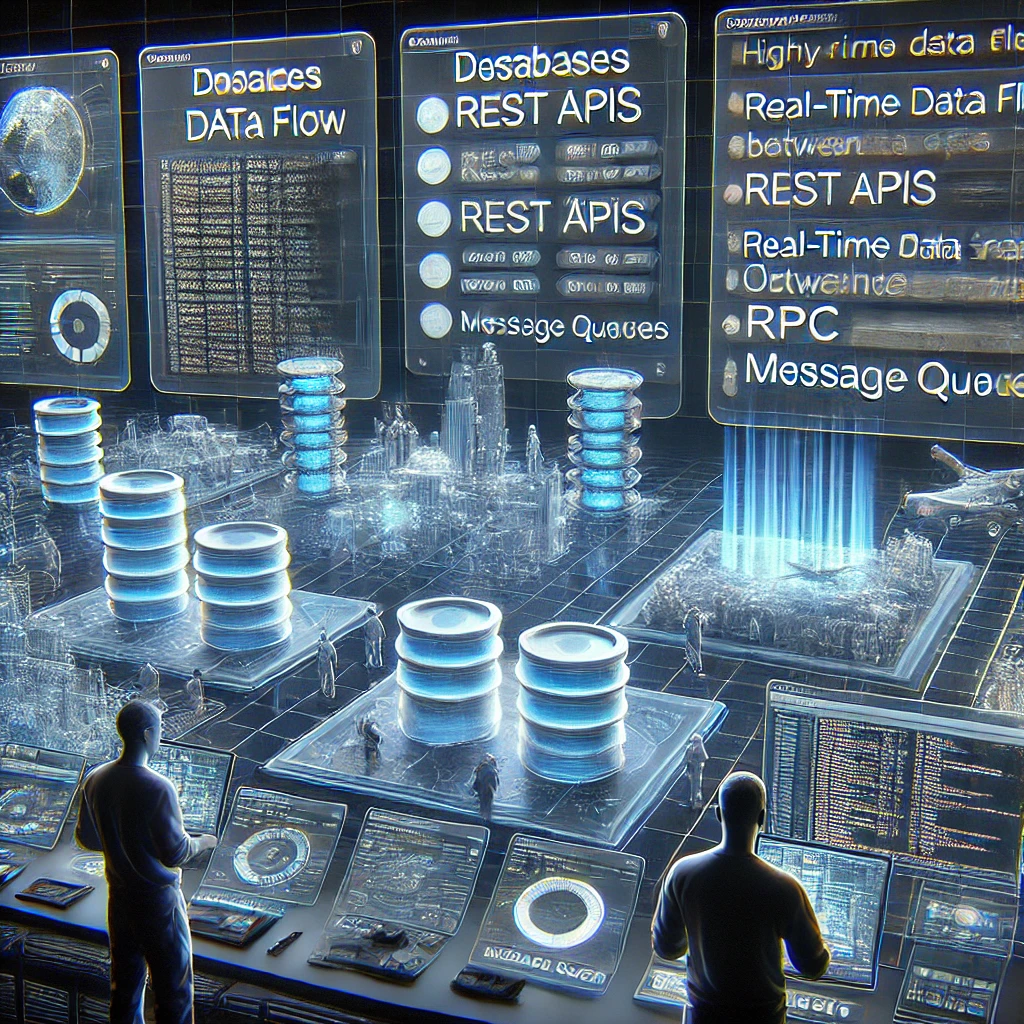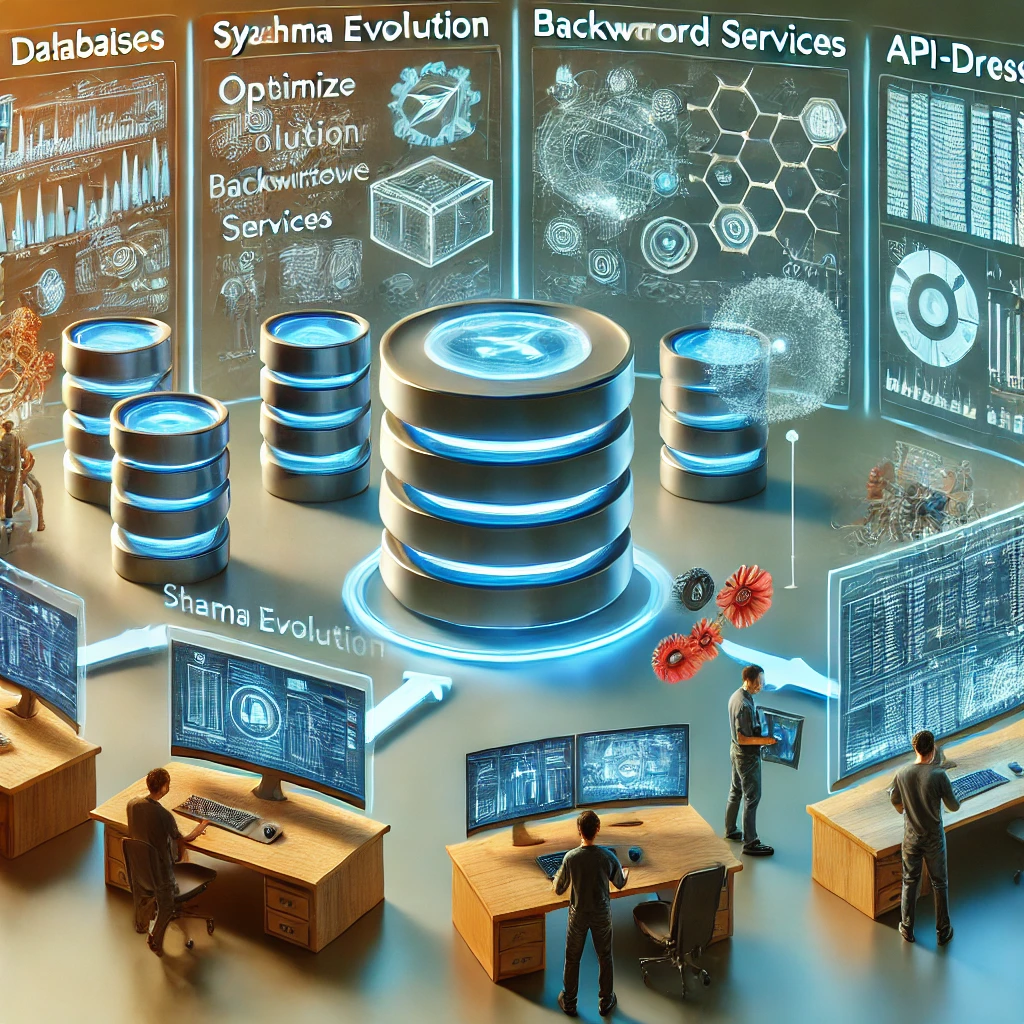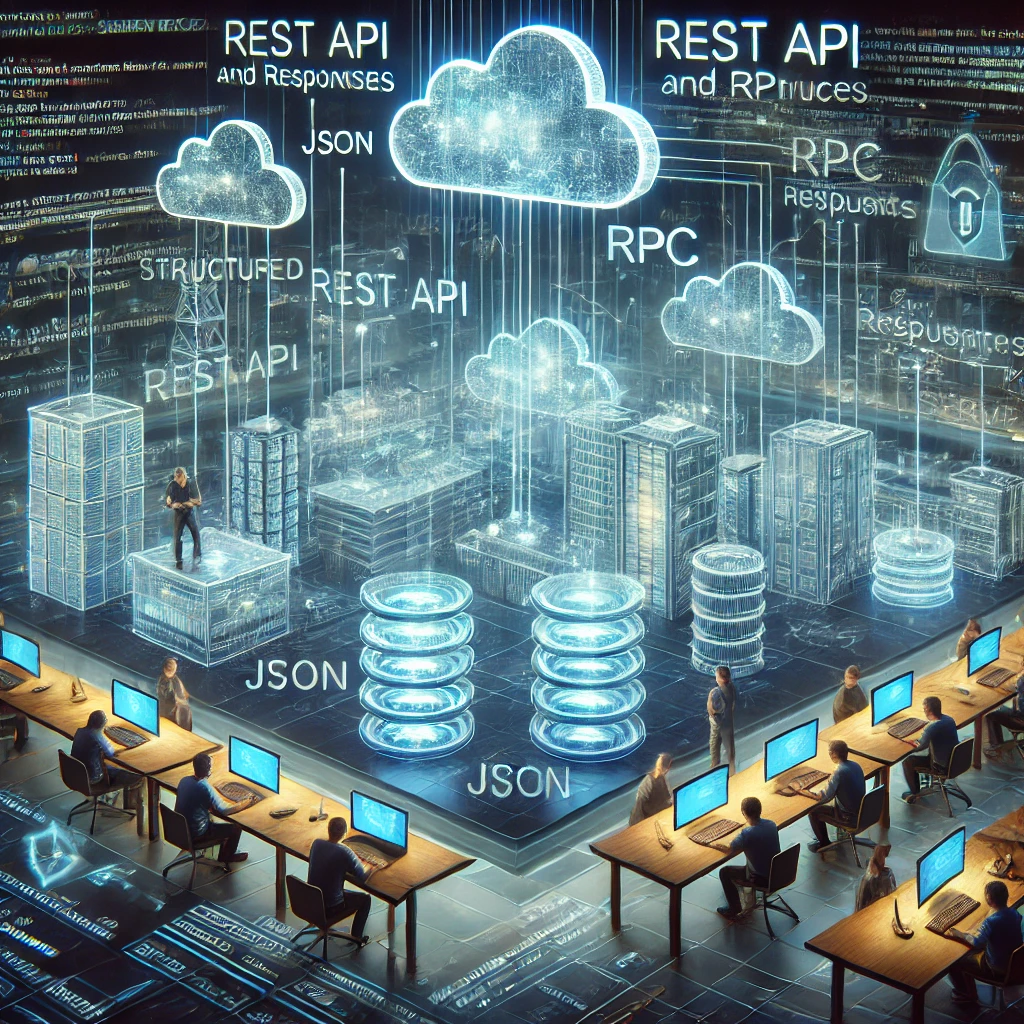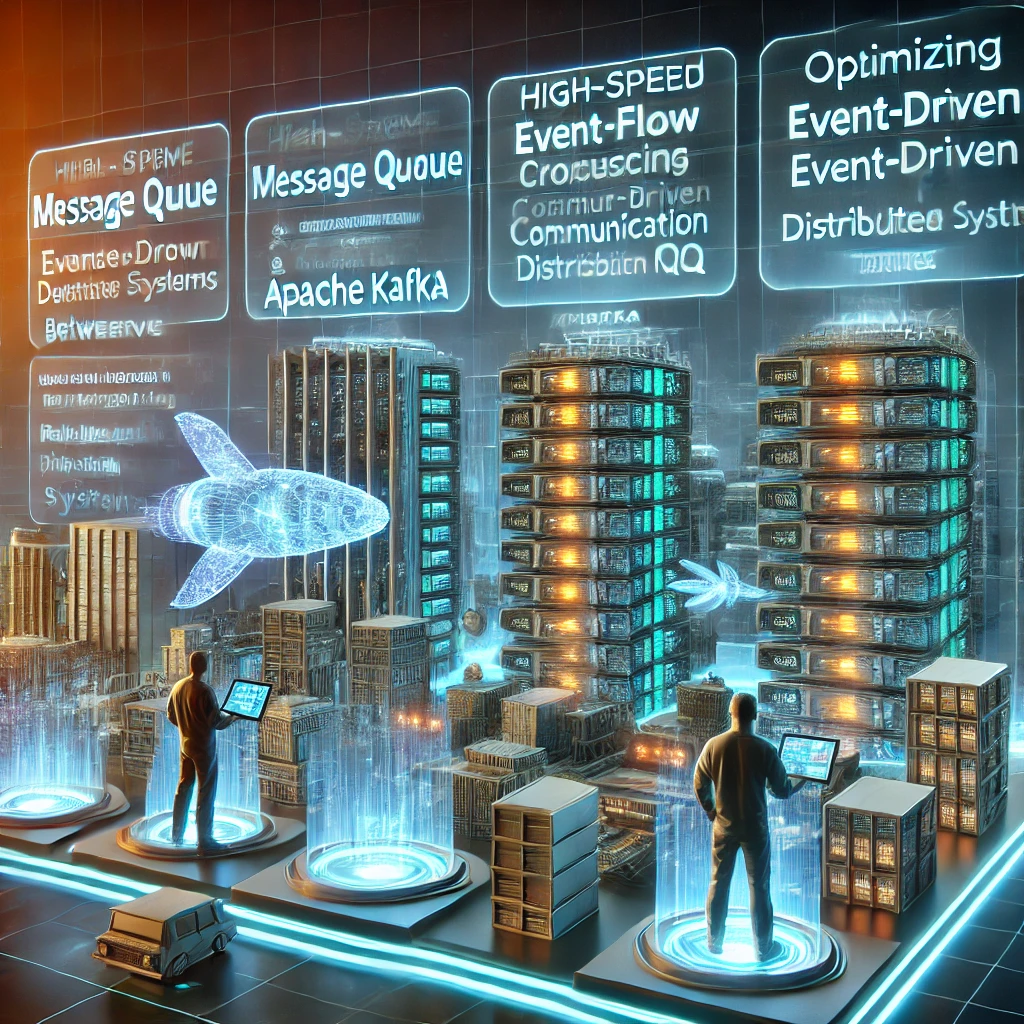A Comprehensive Guide to Modes of Data Flow in 2024
Data flow is the lifeblood of modern applications, dictating how data moves between systems, services, and databases. From databases and APIs to message brokers and microservices, different architectures require different data flow mechanisms to ensure scalability, efficiency, and fault tolerance.
This guide explores: ✅ Different modes of data flow
✅ Data flow through databases
✅ Service-oriented data flow (REST, RPC, Microservices)
✅ Asynchronous messaging and message brokers
✅ Modern trends in data flow management
1. Understanding Data Flow: Who Encodes & Who Decodes?

Data flow defines how information is encoded, transmitted, and decoded across systems.
There are three primary ways data flows between processes:
A. Data Flow via Databases
- The writing process encodes data.
- The reading process decodes data.
- Commonly used when multiple applications share a central database.
B. Data Flow via APIs (REST & RPC)
- A client encodes the request.
- The server decodes it, processes it, and encodes the response.
- The client then decodes the response.
C. Asynchronous Message-Passing
- Nodes communicate by sending messages.
- The sender encodes, and the receiver decodes.
- Uses message brokers like Kafka, RabbitMQ, or ActiveMQ.
2. Data Flow Through Databases
Databases serve as long-term storage where multiple processes read and write data.
✅ Example: An e-commerce website stores orders, inventory, and user data in a central database.
✅ Challenge: Ensuring data compatibility across different software versions.
A. Database Schema Evolution & Compatibility
- Backward Compatibility: Old applications should be able to read newer data.
- Forward Compatibility: New applications should be able to process older data.
🔹 Example:
If a new version adds a column to the database, older applications should still function correctly.
🚨 Key Challenge:
Older processes might overwrite new fields, causing data loss. Proper encoding techniques can preserve unknown fields.
B. Data Flow in Evolving Applications
- In rolling upgrades, some systems run newer code, while others still run older versions.
- This means older code might read data written by newer code.
🔹 Example: A finance application might have transactions recorded in different formats over several years.
✅ Solution:
Use schema evolution techniques like Apache Avro to maintain backward and forward compatibility.
🚨 Data Persistence Challenge:
Data outlives code—even if the application changes, historical data remains unchanged.
3. Data Flow Through Services (APIs & Microservices)

When data moves across networked services, it follows different models.
A. Client-Server Data Flow
- Web browsers send GET/POST requests to web servers.
- APIs return JSON/XML data, not just HTML.
🔹 Example: A weather API provides temperature updates in JSON format.
✅ Standardization Ensures Compatibility:
- Web clients agree on HTTP, SSL/TLS, and URL formats.
- REST APIs return structured data for easy processing.
B. Service-Oriented Architecture (SOA) & Microservices
- Microservices decompose large applications into smaller, independent services.
- Each service communicates with others via APIs or event-driven messaging.
🔹 Example:
An e-commerce microservices architecture might include:
- User Service: Handles logins & profiles.
- Order Service: Manages purchases.
- Payment Service: Processes transactions.
🚨 Key Challenge:
New versions of services must be backward compatible to avoid breaking dependent microservices.
C. REST vs. SOAP APIs
| Feature | REST (Representational State Transfer) | SOAP (Simple Object Access Protocol) |
|---|---|---|
| Protocol | Uses HTTP | Uses XML-based messaging |
| Data Format | JSON, XML | XML only |
| Performance | Lightweight, faster | Heavy, more overhead |
| Use Case | Web & microservices | Enterprise integrations |
✅ REST is more common in modern applications, while SOAP is still used in banking & enterprise systems.
4. Message-Passing Data Flow (Asynchronous Communication)

Unlike REST & RPC (which expect an immediate response), message-passing is asynchronous.
✅ Key Features:
- Messages are queued, allowing services to process them later.
- Decouples sender & receiver—improves fault tolerance.
- Ideal for event-driven systems like IoT, streaming data, and event sourcing.
🔹 Example:
A stock trading platform receives real-time market updates via message queues.
🚨 Common Message Brokers:
- RabbitMQ
- Apache Kafka
- ActiveMQ
- Google Pub/Sub
✅ Advantages Over RPC:
- Ensures message delivery even if services are temporarily down.
- Allows multiple subscribers to process the same event stream.
5. Comparing Data Flow Methods
| Data Flow Type | Use Case | Strength | Weakness |
|---|---|---|---|
| Database | Shared storage | Reliable, long-term | Versioning challenges |
| REST API | Web services | Simple, scalable | Tight client-server coupling |
| RPC | Internal services | Fast communication | Less flexible than REST |
| Message-Passing | Event-driven apps | Asynchronous, scalable | Higher complexity |
✅ When to Use Each:
- Use databases for long-term persistent storage.
- Use REST APIs for stateless, scalable services.
- Use RPC for fast internal communication between microservices.
- Use message queues for event-driven, real-time processing.
6. Best Practices for Managing Data Flow

✅ Ensure data compatibility between different versions of applications.
✅ Use schema evolution techniques (Avro, Protobuf) to manage changing data structures.
✅ Decouple services using asynchronous message-passing.
✅ Monitor APIs & message queues to detect delays and failures.
✅ Leverage microservices for modular, scalable applications.
7. Final Thoughts
Data flow management is critical for building scalable, reliable, and efficient applications. Choosing the right data flow model—whether database-centric, API-driven, or event-based—can optimize system performance and reliability.
💡 Which data flow method do you use in your projects? Let us know in the comments! 🚀